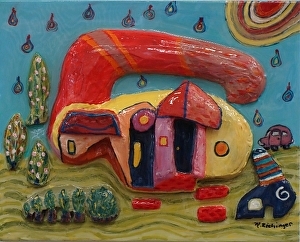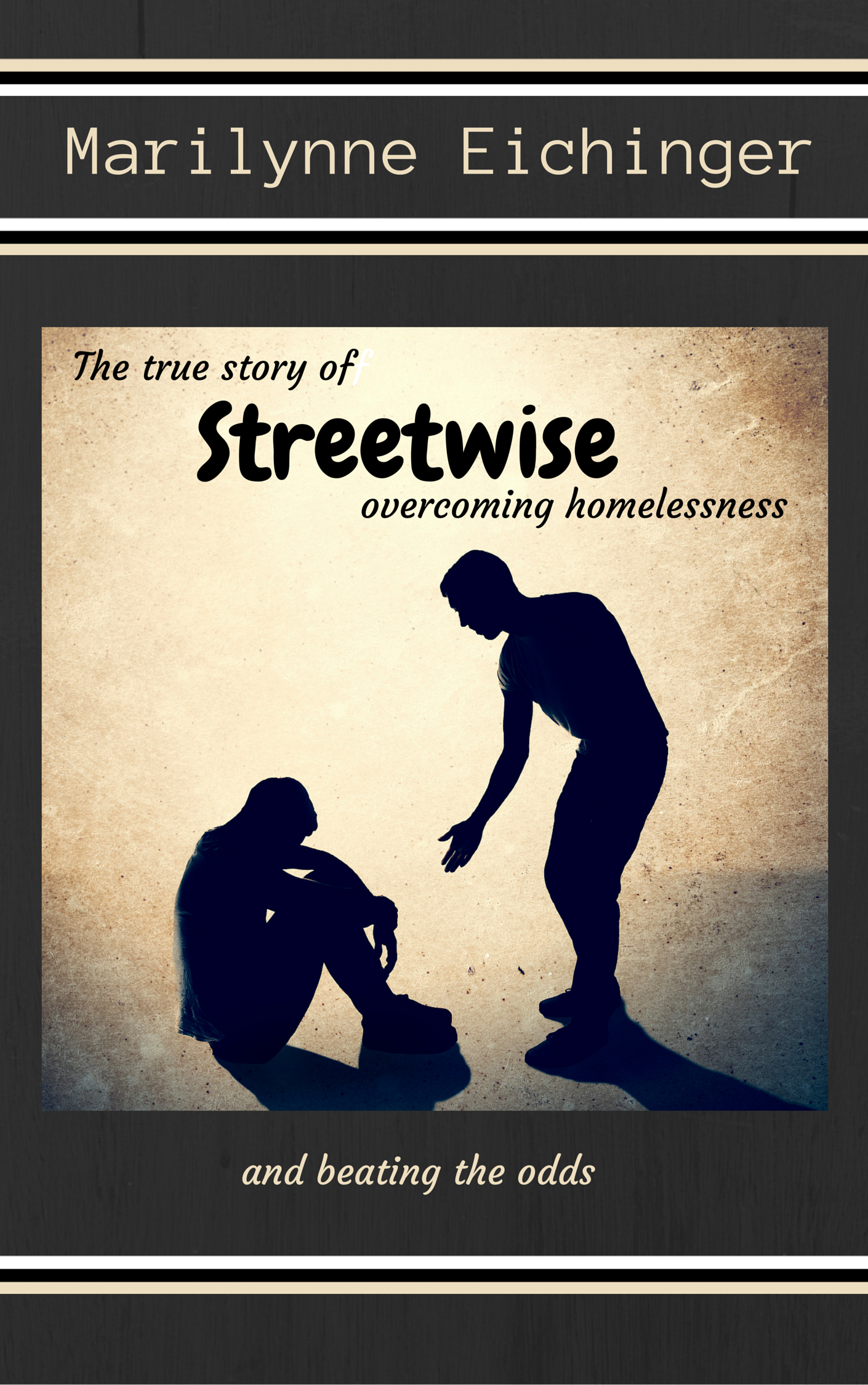
Totally Modern : A home museum can be full of adventure
Mixed media / 16” x 20” x 2” /$ 425
 In The True Story of Streetwise; overcoming homelessness and beating the odds, I talk of the education system and how traditional classroom teaching is not right for all children. The addition of tactile experiences makes a difference for a great many learners. Parents and grandparents can take matters into their own hands and make sure it happens. The True Story of Streetwise is available for $ 1.25 as an ebook on Amazon:
In The True Story of Streetwise; overcoming homelessness and beating the odds, I talk of the education system and how traditional classroom teaching is not right for all children. The addition of tactile experiences makes a difference for a great many learners. Parents and grandparents can take matters into their own hands and make sure it happens. The True Story of Streetwise is available for $ 1.25 as an ebook on Amazon:
Create a Museum at Home
Why are hands-on museums unique? As a previous museum director I visited hundreds of children’s museums and science centers, finding their creativity and ingenuity to be more than just little bit exciting. They are places of engagement where children spend hours doing activities such as water play (learning physics and hydrodynamics without realizing it), dressing up in period costumes (learning history), constructing and plumbing buildings (engineering), watching balls speed down ramps and a host of other activities that involve the whole body as well as mind. Young visitors often cry as their parents pull them away from the exhibits to go home.
When my children were young I often visited the Boston CHildren’s Museum and was influenced by their educational approach. At preschool age, I decided to send them to Montessori schools where classrooms are laid out as mini-museums. Students are permitted to approach materials at their own developmental time frame and are encouraged to master a concept before going on to the next.
According to The American Association of Children’s Museums, a children’s museum is “an institution committed to serving the needs and interests of children by providing exhibits and programs that stimulate curiosity and motivate learning.” That definition fit my philosophy perfectly. When I moved to a community without a hands-on museum I decided to turn my home into one.
Part of the challenge was organizational, so I decided to set up our playroom as a museum with a Montessori approach. I envisioned it as a place filled with meaningful toys that promoted factual learning and creative imagination.
Maria Montessori had a major influence in the education of young children. A 19th century physician turned educator, she became involved in designing Casa dei Bambini, a school for low-income children. As she experimented with curriculum and classroom design, “she began to see independence as the aim of education and the role of the teacher as an observer and director of children’s innate psychological development.”
Montessori believed young children were sensitive to order, enjoyed doing activities repetitively and were happiest doing practical things. She developed an environment that was kid-size so that materials could be easily reached and put away when completed. Over time, very sophisticated materials were developed for for sale with teachers specially trained in her methodology.
I did not have the training or money to set up a true Montessori school but I did have the ability to develop a child-sized, child-centered environment. I started by organizing different locations in our play area for various activities. Shelves were divided into sections for math manipulatives, reading readiness, puppetry, puzzles, costumes, and a crafts. I added a carpentry area with safe tools and a music tree filled with percussion instruments. Once in place I took the tine to demonstrate how to use various toys and learning materials. As my kids succeeded with an activity, they were encouraged to use the objects more imaginatively before returning them to their storage locations.
A big part of training was putting items away after use. The task was easily accomplished by being consistent. Keeping the environment clean for the next project not only makes a parent’s job easier but it provides an uncluttered work space. A secret to a successful home museum is introducing toys (activities) one at a time. I began by demonstrating the item’s use. Then I sat back and observed my child in action, making sure the clean up phase was part of the cycle. Once these steps were mastered, I would note if he or she was ready for a more difficult challenge. My goal was to have my children master the activities independently. With each success they became motivated to continue to learn.
This home-museum environment does take careful planning, but once operational the task becomes easier because children will navigate the space on their own.They choose toys they know how to use. Because they enjoy the challenge they concentrate and move progressively from one skill level to the next.
One last thought — a child of two and a half is ready for a home museum. At first only a few toys should be visible and easily accessible. Once the manipulative is mastered, introduce another toy, the next challenge. If you have several children at home then each child needs to understand which items they have earned the right to use.
Yes, hands-on museums are fun because they are child centered and permit freedom of movement. If you do decide to set up a museum at home, I would love to hear from you and learn of your success or difficulties. What toys did you select? What problems have you encountered?
